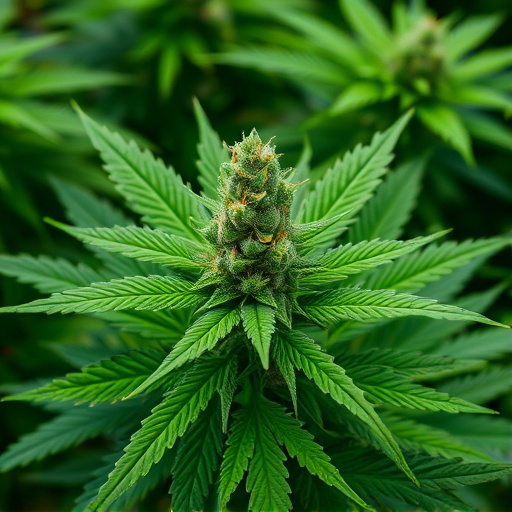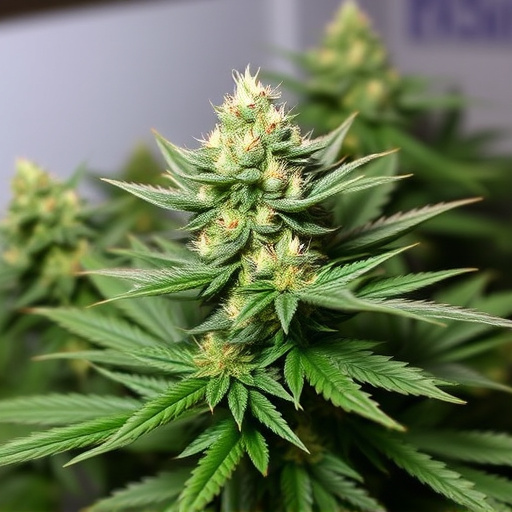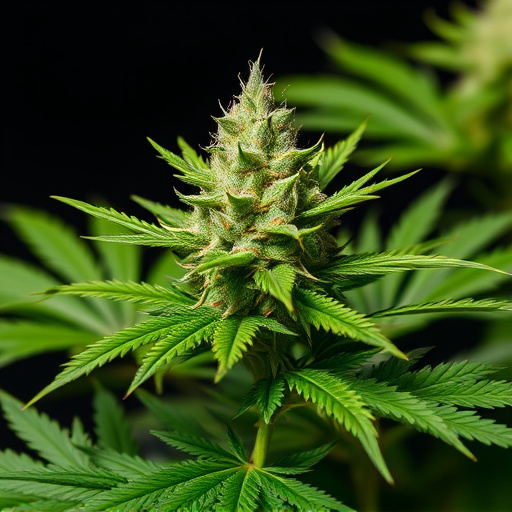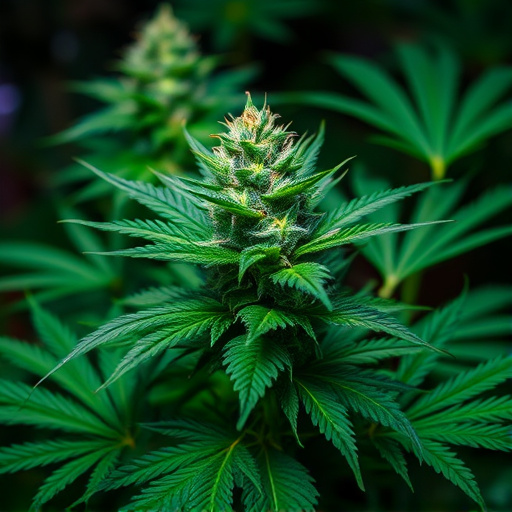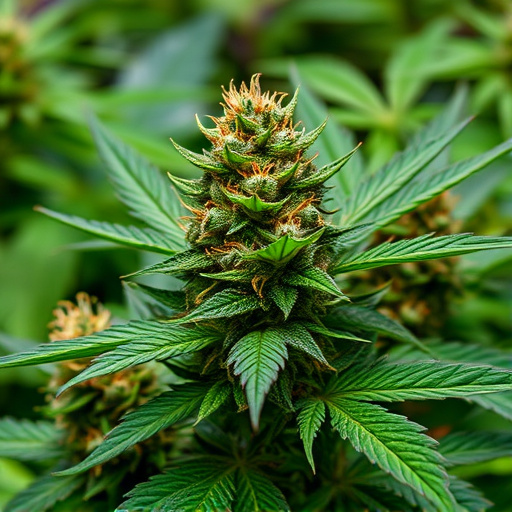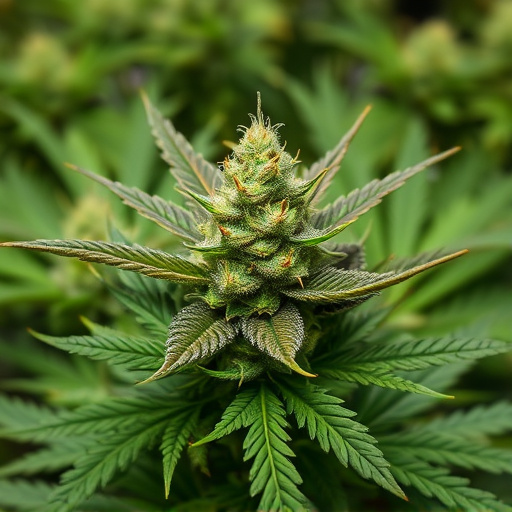High THC cannabis strains, due to their potency, undergo a complex metabolic process via cytochrome P450 enzymes CYP2C9 and CYP3A4, resulting in elimination half-lives ranging from 30 hours to several days. Detection times vary based on consumption method—smoking/vaping leads to quicker detection (a few hours), while edibles take 24-72 hours. High THC strains offer extended effects up to 12+ hours but may cause anxiety, paranoia, and cognitive impairment with long-term use, highlighting the importance of testing and precise labeling for responsible consumption.
“Unraveling the timeline of cannabis’ impact on your system is crucial, especially with the growing popularity of high THC cannabis strains. This article explores the science behind cannabis metabolism and elimination, revealing how long its effects can persist. We delve into the factors that extend or shorten detection times, offering insights for users and advocates alike. Understanding the longevity of cannabinoids in your system is essential, particularly when considering the potential implications for employment and legal considerations.”
- Understanding Cannabis Metabolism and Elimination
- Factors Affecting Cannabinoid Detection Time
- Long-Term Effects and Testing for High THC Strains
Understanding Cannabis Metabolism and Elimination

Cannabis, especially those with high THC levels found in popular high THC cannabis strains, is metabolized and eliminated from the body in a complex process. When consumed, THC interacts with the endocannabinoid system (ECS), which plays a significant role in regulating various physiological processes. This interaction can lead to the psychoactive effects associated with cannabis use.
The metabolism of THC involves several enzymes that break down the compound into various metabolite products. The primary metabolic pathway is through cytochrome P450 enzymes, specifically CYP2C9 and CYP3A4, which convert THC into 11-hydroxy-THC (11-OH-THC) and then further into 11-nor-9-carboxy-THC (THC-COOH). These metabolites are eventually excreted from the body through urine, feces, and bile. The elimination half-life of THC varies among individuals but generally ranges from 30 hours to several days, depending on factors like metabolism, frequency of use, and the concentration of THC consumed. This long elimination process means that high THC cannabis strains can remain detectable in an individual’s system for extended periods.
Factors Affecting Cannabinoid Detection Time

Several factors influence how long cannabis and its cannabinoids, like THC (the primary psychoactive compound), remain detectable in your system after consumption. One significant factor is the method of consumption. Smoking or vaping high THC cannabis strains allows for faster absorption, leading to quicker detection times, often within a few hours. In contrast, eating edibles can result in a more prolonged process, with cannabinoids taking anywhere from 24 to 72 hours to show up in your system due to metabolism and first-pass effects in the liver.
Another crucial element is individual metabolism. People with faster metabolisms may eliminate cannabinoids more rapidly, while those with slower metabolisms could have longer detection windows. Additionally, factors like body mass index (BMI), frequency of use, and the amount consumed all play a role in determining how long cannabis remains detectable. High THC strains, known for their potent effects, can lead to longer-lasting detection due to the increased concentration of cannabinoids in the system.
Long-Term Effects and Testing for High THC Strains

Using high THC cannabis strains can lead to longer-lasting effects, with some users reporting feelings for up to 12 hours or more. This extended period is due to the potent nature of THC, the primary psychoactive compound in cannabis. While short-term effects may include relaxation and heightened sensory perception, long-term exposure could result in adverse reactions such as anxiety, paranoia, and cognitive impairment. Regular users may also develop a tolerance, requiring higher doses to achieve the same desired effects.
Testing for high THC strains is crucial for both recreational and medical users. Modern testing methods allow for precise determination of THC levels, ensuring consumers know exactly what they’re ingesting. This is especially important when dealing with potent strains, as it helps in managing expectations and mitigating potential risks. Accurate labeling also aids in responsible cannabis consumption, enabling users to make informed decisions about their choices.
Understanding how long cannabis remains detectable in your system is crucial, especially when considering the potential implications of high THC strains. Various factors influence elimination time, from metabolism to frequency of use. While short-term effects may fade quickly, long-term exposure to potent cannabinoids can have persistent impacts. Knowing these dynamics enables individuals to make informed decisions regarding their cannabis consumption, ensuring responsible and safe practices, especially when dealing with high THC cannabis strains.








